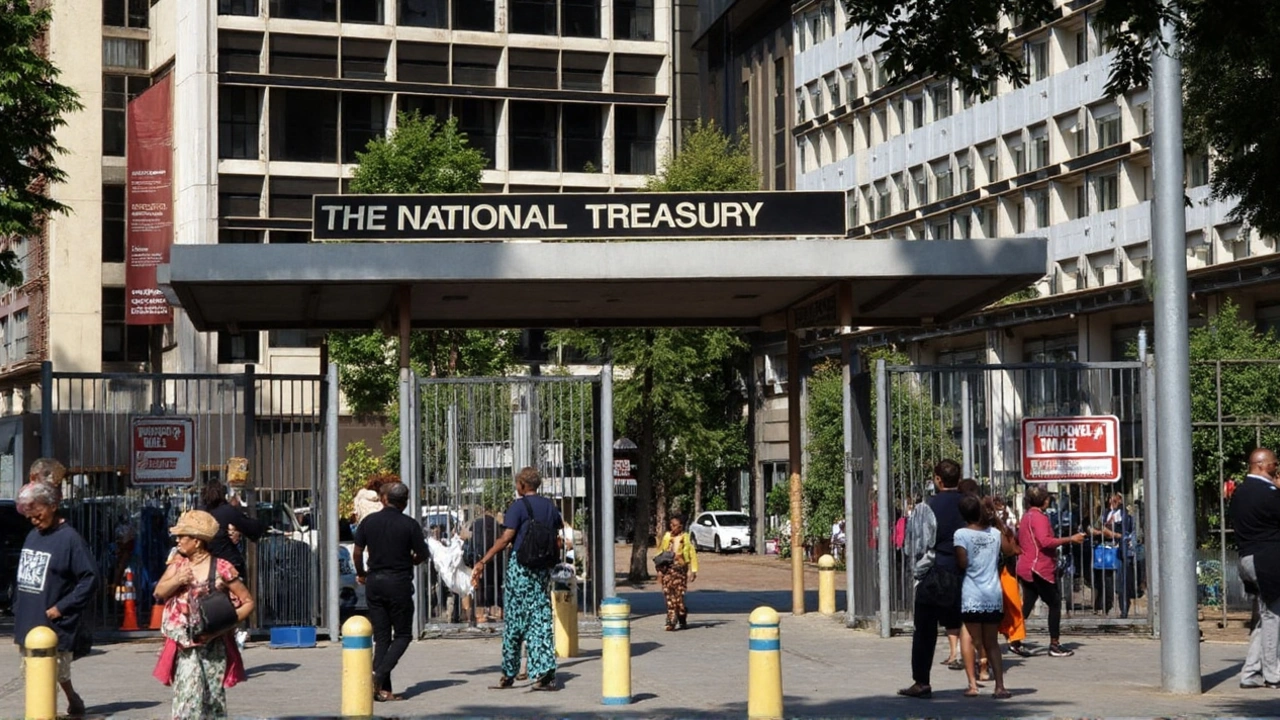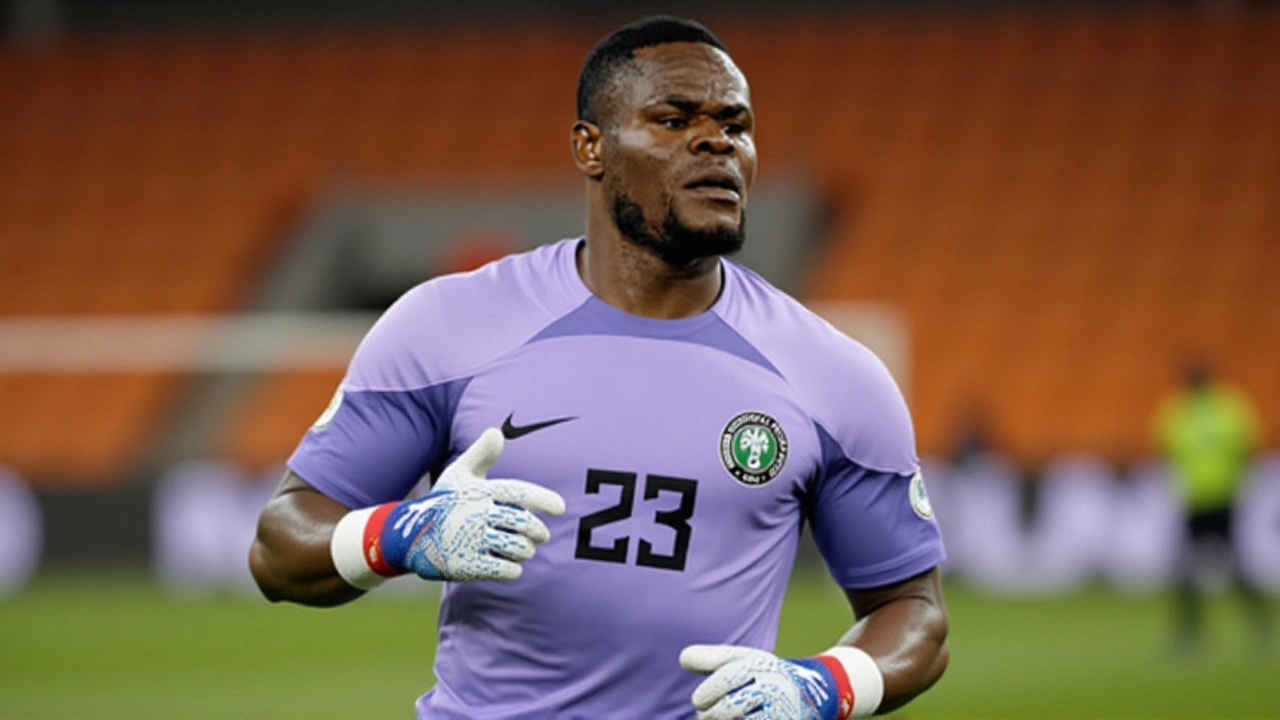Kenya sustainability bond: Sh65bn issue planned for March 2026 under World Bank-aligned framework

Kenya sets March 2026 date for Sh65bn sustainability bond
Kenya is preparing a Sh65 billion (about $500 million) sustainability bond for March 2026, leaning on a World Bank-backed framework to win investor trust and lower funding costs. The goal is simple but urgent: raise capital that directly expands forest cover and improves access to basic services in rural counties hit hardest by climate stress.
The deal would be one of East Africa’s largest thematic issues to date. It builds on a decade of policy work that pushed sustainability into the core of Kenya’s financial system—starting with the Kenya Bankers Association’s Sustainable Finance Principles in 2015, the National Treasury’s 2016 Policy on Climate Finance, and the Nairobi Securities Exchange Green Bond Issuer’s Guide launched in 2019. Put together, these rules gave banks, issuers, and investors a common language for funding climate and social projects.
Officials are shaping the bond around a recognized framework so investors can see exactly how the money will be spent, how impact will be measured, and who is accountable for reporting. That usually means a clear use-of-proceeds list, a governance setup inside the Treasury to screen projects, and annual updates on both spending and outcomes. Kenya is also expected to seek an independent review of its framework before books open—standard practice in this market.
The timing looks deliberate. In July 2025, the World Bank announced the Kenya Watershed and Sustainable Landscape Investment Project (KEWASIP), a $200 million IDA-funded program designed to benefit more than 750,000 people in critical watersheds. It’s targeting 25,000 jobs and putting resilience and livelihoods for women, youth, and marginalized communities at the center. That pipeline gives investors a sense of what a scaled-up, bond-financed program could look like on the ground.
Rising investor appetite also helps. In 2024, the World Bank sold a record $6.5 billion dual-tranche sustainable development bond and drew $22.7 billion in orders—the largest orderbook it has seen. Kenya won’t borrow on the World Bank’s balance sheet, but aligning with its framework signals credible standards and transparent reporting, two things ESG investors screen for first.
Crucially, the planned bond is not just about planting trees. It aims to protect the natural assets that underpin food security and jobs. Kenya’s forests anchor watersheds that feed farms, hydropower, and towns. When those systems fail—after droughts, floods, or fires—the costs show up in higher food prices, lost income, and damaged infrastructure. Bond-financed projects would try to break that cycle by restoring landscapes while expanding access to water, health, and other services that make communities more resilient.
Where the money would go—and how the deal could come together
KEWASIP points to what’s likely in the use-of-proceeds list. The program spans five high-priority ecological regions—Marsabit, Marmanet, Nyambene, Chyulu Hills, and Shimba Hills—and intersects 12 counties: Marsabit, Samburu, Garissa, Isiolo, Baringo, Meru, Tharaka Nithi, Tana River, Laikipia, Kitui, Makueni, and Kwale. These are areas that juggle drought risk, land degradation, and pockets of deep poverty. Investment here tends to pay off through better water security, steadier farm yields, and fewer disaster losses.
Expect the sustainability bond to track that footprint. Typical eligible categories in deals like this include forest restoration and protection, watershed management, climate-smart agriculture, clean water access, rural clinics and schools, and last-mile infrastructure that helps people reach markets and services. The Treasury will need to spell out which projects qualify, how they’ll be screened, and the indicators it will publish—think hectares restored, households connected to safe water, or jobs created for women and youth.
Kenya already has a small but useful proof point in its market: in 2019, a private issuer brought East Africa’s first green bond to the Nairobi Securities Exchange to finance energy-efficient student housing. That deal showed local investors—pension funds, insurers, asset managers—will buy labeled debt when the structure is clear and the reporting is credible. The sovereign label could open a bigger pool, including global ESG funds and development finance institutions that prefer standardized frameworks.
Investors will look for a few things right away:
- Clear use-of-proceeds categories tied to national climate and development plans.
- Strong governance over project selection and ring-fencing of proceeds.
- Regular allocation and impact reports, preferably audited or externally reviewed.
- Social safeguards to ensure benefits reach women, youth, and marginalized groups.
- A pipeline that can absorb funds quickly, without bottlenecks in procurement.
On pricing and structure, officials have room to maneuver. Tenor will likely reflect project lifecycles—landscape and water projects need time to show results—so a medium-to-long maturity makes sense. Market conditions will set the coupon, but labeling can widen the investor base and sometimes trim borrowing costs at the margin. The big swing factor is macro stability: inflation, currency moves, and the domestic rate path will drive where the bond clears.
Kenya’s choice of a World Bank-aligned framework is about credibility as much as analytics. The institution has held a triple-A rating since 1959 and pioneered several tools the market uses today—from early interest-rate swaps in the 1980s to landmark green and blockchain-based bonds in recent years. Investors don’t assume a guarantee when they see that brand, but they do read it as a signal that the issuer will follow recognized standards and publish the data to back them up.
For policymakers, the bond is a way to pull private capital into public priorities without waiting for grants. It complements, rather than replaces, concessional funding like the $200 million in IDA financing for KEWASIP. Grants anchor pilots and build systems; bond proceeds scale what works. If Kenya wants to move the needle on forest cover and rural services by the end of the decade, it needs both.
There’s also a national planning angle. Kenya’s climate and development goals—tackling deforestation, managing water stress, cutting disaster losses, and improving rural health and livelihoods—sit across multiple ministries and county governments. A labeled bond forces that coordination: someone has to pick projects, track spending, and report results consistently. Done well, that discipline outlasts the bond itself.
Still, execution will matter. Project selection needs to be insulated from politics. Impact metrics should be practical to collect at county level, not just in Nairobi. And reporting must be timely; ESG funds punish issuers who publish late or vague updates. The Treasury’s framework can set those rules now so that line ministries and counties build them into contracts.
Regionally, Kenya would join a small but growing club of African issuers using labeled debt. Nigeria opened the door with sovereign green bonds, while others have tested SDG-linked formats. The message to investors is that Africa’s climate financing isn’t just about megaprojects—it’s also about water pans, riparian buffers, agroforestry, feeder roads, and clinics that keep communities functioning when weather swings.
Between now and March 2026, the roadmap looks straightforward: finalize the sustainable bond framework; commission an external review; line up a transparent project pipeline; and run investor briefings at home and abroad. If market conditions cooperate, Kenya could price a benchmark-size deal that channels private money into forests, watersheds, and services that help rural households weather the next drought or flood.
The stakes are practical, not abstract. Forests protect water supplies. Healthy watersheds reduce flood damage. Reliable rural services keep kids in school and farmers on their land. A well-structured Sh65 billion sustainability bond won’t solve every problem, but it can fund the basics that make the next crisis less costly—and that’s what investors, and communities, will judge it by.




Comments
Madhuri Singh
September 19, 2025 AT 20:52Sh65bn? That’s a lot of trees 🌳 but hey at least they’re not just printing money this time 😅 hope the money actually reaches the villages and not just some fancy Nairobi office with AC and coffee machines
Amanda Dempsey
September 20, 2025 AT 08:38This is why Africa still can’t get real investment. You think planting trees fixes systemic failure? The infrastructure is a joke. The governance is a joke. The entire concept is a feel good PR stunt for donors who’ve never been to Marsabit
Ruth Ellis
September 20, 2025 AT 19:38The World Bank is not a neutral actor. This is neocolonial finance dressed up as sustainability. The framework was designed in Washington. The metrics were written by consultants. The people on the ground don’t even know what ‘ESG’ means
Peter Novák
September 22, 2025 AT 10:18The absence of a clear legal mandate for impact reporting is a critical flaw. Without statutory enforcement of disclosure obligations, this bond becomes a vehicle for moral hazard rather than sustainable development
Siphosethu Phike Phike
September 24, 2025 AT 06:25Yessss this is how we do it 🌍💚 Let’s get those water pans built, those clinics stocked, and those women paid fairly! Kenya you got this!! 🙌👏 #ClimateJustice #SustainableAfrica
Mitchell Ocran
September 25, 2025 AT 20:06This is all a front. The bond is just a way to lock Kenya into long-term debt while foreign firms get the contracts. Watch how the ‘forest restoration’ ends up being a logging concession with a green label. They’ve done this in Brazil. They’ll do it here
Todd Gehrke
September 27, 2025 AT 06:00Wait wait wait-so they’re gonna spend 65 billion shillings on trees but the power grid still fails every other week??!! Are you kidding me??!! Where’s the money for actual infrastructure??!! This is just… I can’t even…
Allison Brinkley
September 28, 2025 AT 10:28The proposed use-of-proceeds framework lacks alignment with the International Capital Market Association’s Green Bond Principles, specifically Section 4.2 on External Review. This omission renders the entire issuance non-compliant with global best practices.
Ghanshyam Kushwaha
September 28, 2025 AT 14:39why do they always pick the poorest places to fund trees? why not fix the roads first? or pay the nurses? or fix the schools? they just want to look good for the west
eliana levi
September 30, 2025 AT 03:30This is so exciting!!! I’ve been waiting for something like this for YEARS!!! 🥳🌳💧 Let’s make Kenya the green capital of Africa!!! We can do this!!!
Brittany Jones
October 1, 2025 AT 10:19You think planting trees is the hard part? Try getting a county clerk to file a report on time. Or getting a project officer to use a GPS tracker. Or stopping a local chief from redirecting funds to his cousin’s cement business. This bond won’t fail because of lack of money. It’ll fail because of bureaucracy
SUBHANKAR DAS
October 2, 2025 AT 16:47they always talk about forests but no one talks about the fact that most of these areas are already degraded because of overgrazing and illegal charcoal. you plant trees but the people still need to eat. so they cut them down again. its a loop
Secret Lands Farm
October 3, 2025 AT 18:03I’ve seen this work on my farm in Nebraska. Regenerative ag + water retention + community co-op = long-term resilience. Kenya’s got the soil. They’ve got the will. Now they just need to stop listening to consultants and start listening to the elders who’ve been reading the land for generations
Tamir Duberstein
October 4, 2025 AT 23:01Honestly I’m kinda hopeful. Not because of the bond itself, but because it’s forcing everyone to talk the same language. For once, the finance folks and the farmers might actually be on the same page. That’s rare
John Bothman
October 5, 2025 AT 10:59THIS IS THE MOST IMPORTANT THING THAT’S EVER HAPPENED TO AFRICA!!! 🌎🔥 I’ve been screaming about this since 2019!!! The World Bank finally got it!!! Kenya is going to be the NEW GREEN PARADISE!!! 🙏💚👏 #ClimateSavior #BondOfTheCentury
Dinesh Gupta
October 7, 2025 AT 00:1965 billion? for trees? lol. what about the 100 billion they stole last year? this bond is just another way to hide the theft. they’ll say its for forests but its gonna be in some offshore account. trust me i know